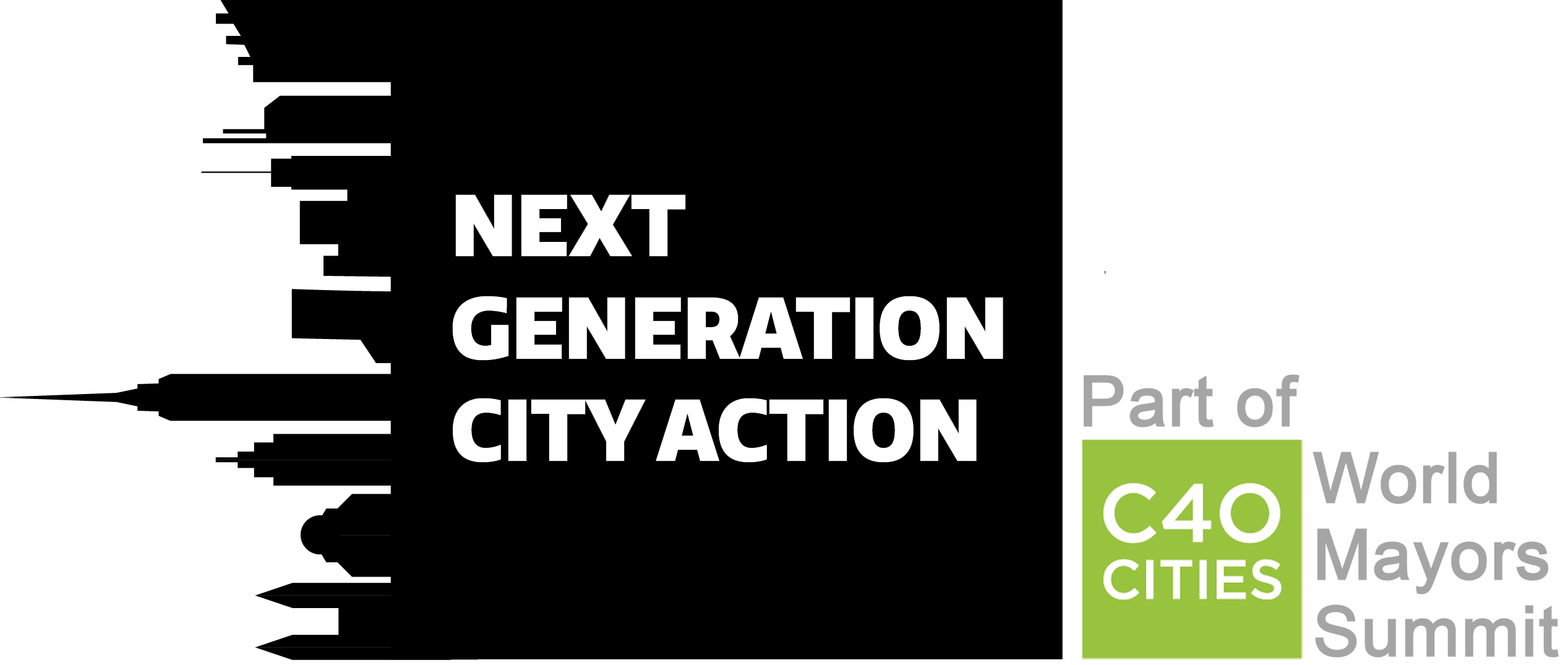Electric Mobility in Durban
The eThekwini municipality of Durban envisions a future with low emission transportation, a city with clean air, more fluid traffic with less congestion and less waiting time for its citizen and accessible means of transport that benefit the society, economy and the environment.
We are proposing a three-step roadmap to reach this target. With steps that can be implemented in the short to the long term.
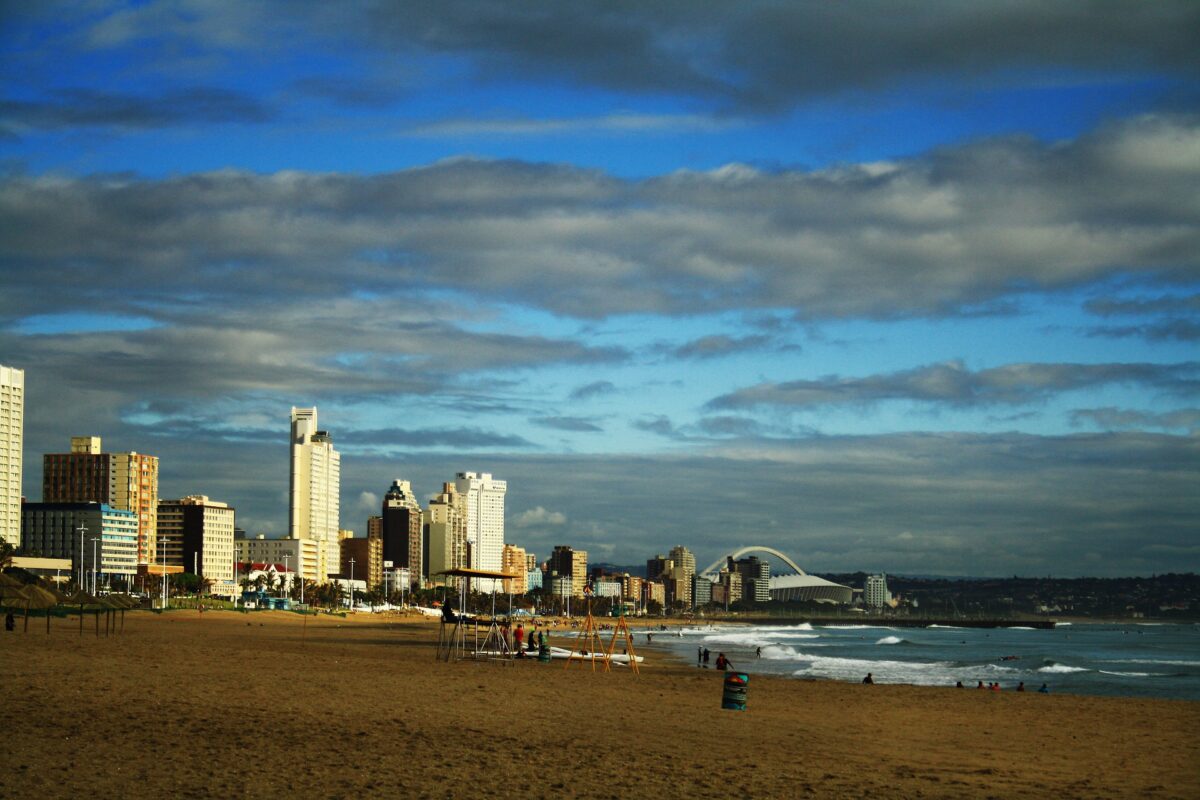
One of the municipality’s visions is the incorporation of trams and a massive deployment of electromobility. However, looking at South Africa’s electricity generation mix, one immediately realizes that at the moment, around 89% of the national electricity is produced by coal (IEA 2017). The potential CO2 emission savings through electrification of the transport sector is thus only a long term vision, as it must be preceded by a transition to low emission technologies on the electricity generation side.
Consequently, our three-step roadmap starts with two different approaches towards the aim.

First, we propose to introduce a local and time-depending low-exhaust-emission requirement for vehicles on the roads. Second, we suggest to let the road infrastructure undergo a segmentation. And third, as a final and long term vision, we recommend electrifying a significant amount of transport while the national electricity generation capacities are updated to low-emission technologies.
Roadmap Step 1:
South Africa has already started to take measures against polluted cities. Imports of used cars are only allowed if granted a permit and the country has long negotiated the national “Clean Fuels 2” initiative, which is a nationwide implementation of the Euro-5 exhaust-emission standard. The standard limits polluting and toxic emissions for all categories, from passenger petrol cars to heavy-duty diesel trucks. In fact, there is already the layout for a Euro-6 standard, which, for example, has incrementally been out rolled since 2015.
As a municipality, eThekwini could consider to step ahead of the “Clean Fuels 2” regulation and implement a requirement of Euro-6 standards on the roads.
Not to overwhelm the people and city of Durban, we suggest to roll out the standard in certain areas and during congested hours first. During our research, we studied that a lot of traffic is caused a) by transport coming and going from the harbour and b) especially during rush hours. During that time, only vehicles that satisfy the requirements of the euro-6 standard should be allowed on the streets. As a starting case, it may be very promising to implement the regulation in the harbour area. As there is only a number of roads coming into this hub, the roads could be equipped with an automated gate, that checks if passing vehicles have received the certificate or not (electronic sensor in cars). Vehicles that do not satisfy the requirement may be noted by the system and given a fine via post through the license plate identification.
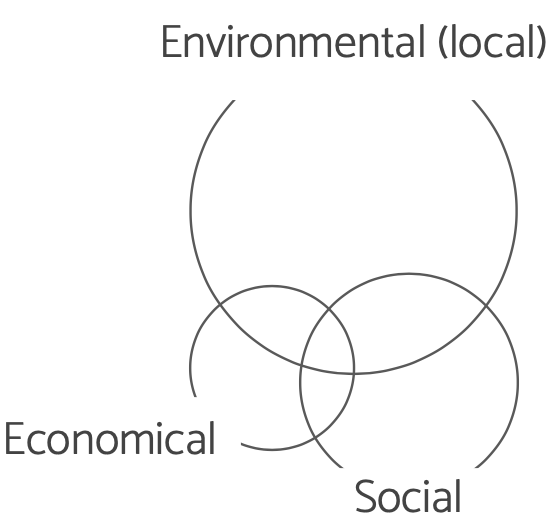
Expected Measure of Impact
The motivation behind this strategy is to incentivise freight transport business operators to shift a part of their operation to night hours. First, this should lighten the stress on the roads as a part of the businesses are expected to not immediately update their vehicles to the euro-6 standard, but instead shift their operation hours. Second, the intention is to make sure that the vehicles on the roads during pollution-peak-hours become cleaner.
Roadmap Step 2:
For the infrastructural segmentation of the traffic, we propose two different measures that could have a positive impact on traffic congestion and furthermore incentivise vehicle upgrades to zero-emission technologies.
First, we recommend redirecting the heavy traffic coming in and out of the port with an additional highway bypassing the city centre and thereby reducing congestion for the people of Durban. Inspiration for the design of roads inviting heavy transport from the harbour area to bypass the city center can for instance be obtained by looking at recent city development projects in Aarhus, Denmark.

As a second project, we advise getting inspiration from countries like Norway, where they introduce specific lanes on the streets that can only be accessed by public mass transportation means. This could include the popular mini-bus taxis. This is a simple implementation to make mass transportation more attractive. Additionally, access to such lanes may also be given to zero-emission vehicles such as battery-powered electric vehicles. This mechanism is purely meant to make these options more attractive and has proven its effect in many locations worldwide.
In parallel, in order to encourage citizens to rely more on public transport through the increased access of shared transportation, we suggest the municipality to integrate existing companies operating mini-bus taxis to coordinate the extensive networks that serve the needs for the majority of citizens.
Expected Measure of Impact

Roadmap Step 3:
As in the long term, we noticed the gifted natural resources of South Africa in terms of both coal deposits and the abundance of renewable potentials. Despite the coal-powered electricity generation has a competitive price, the government owns a successful renewable programme, the Renewable Energy Independent Power Producers Procurement Programme (REIPPPP), which attracts foreign investments for its fairness, transparency, and certainty of the programme. In addition, the government has aimed the transition to the green economy as one of the 12 job drivers expected to contribute 5 million additional jobs by 2020. We realise the phases of transition in the energy and transport sector of South Africa particularly take time. Nevertheless, the current energy risks for South Africa are the lack of thorough grid connection coverage among the nation, rural households in particular, and the lack of energy transition readiness. For government and local municipalities, the mentioned issues should be taken into a prioritised consideration. Hence, electrification practices of the future modern transport and energy sectors would truly contribute to low emission targets as committed to citizens and in Paris Agreement.
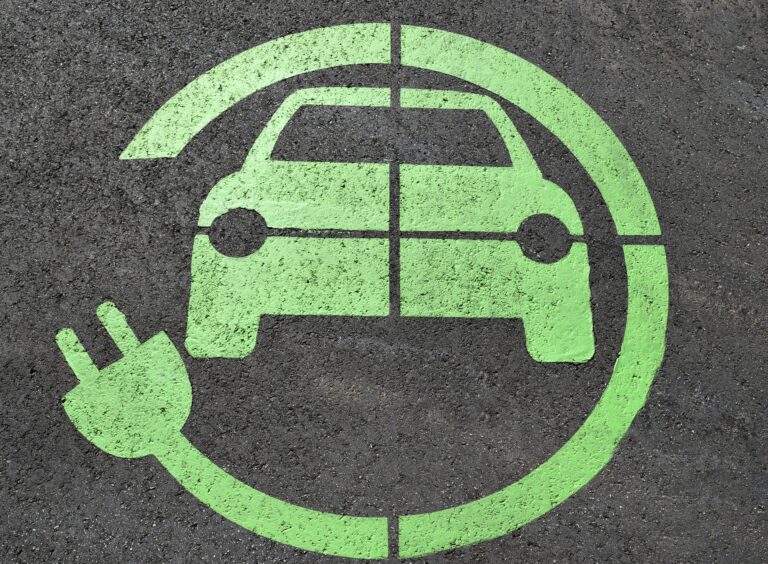
At the same time, we recommend to massively deploy electric vehicle charging infrastructure from the status quo, as this is a crucial factor to make the technology acceptable for more people with various driving demands across the nation and even to reach neighbouring countries as a favourable and eco-friendly alternative to conventional ways of travel.
Expected Measure of Impact

(SANEA South Africa Energy Risk Report 2019: https://sanea.org.za/wp-content/uploads/2019/04/2019-SANEA-Energy-Risk-Report-Web.pdf)
(South African Energy Sector Report 2018: http://www.energy.gov.za/files/media/explained/2018-South-African-Energy-Sector-Report.pdf)
(GreenCape- Electric Vehicles – 2019 Market Intelligence Report: https://www.greencape.co.za/assets/Uploads/ELECTRIC-VEHICLES-MARKET-INTELLIGENCE-REPORT-WEB4.pdf)
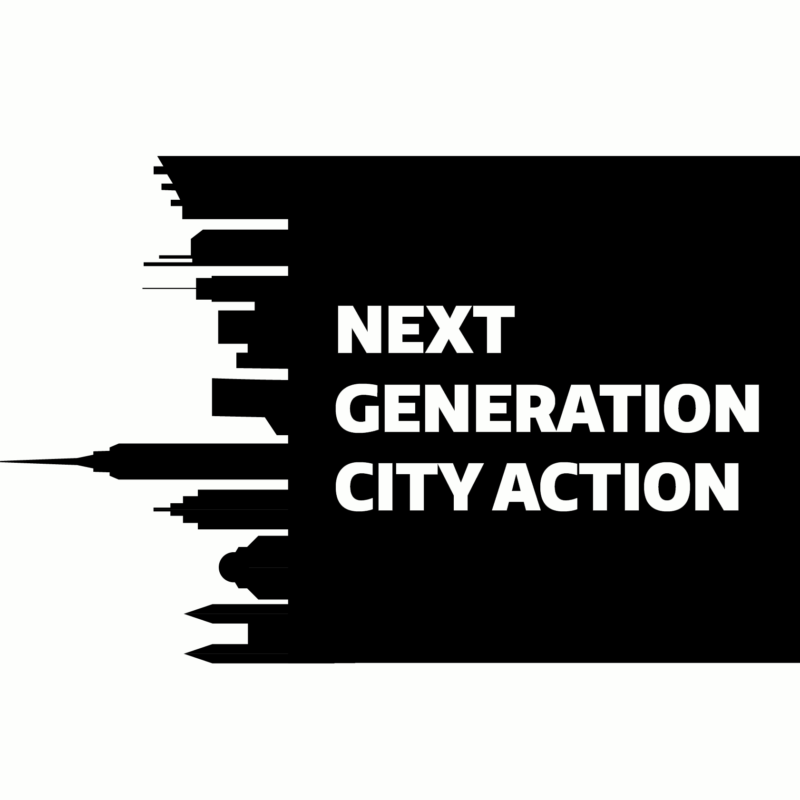
Authors: Kai Paludan-Müller ([email protected]); Helge Stefan – ([email protected]); Teng Kuan Hsieh ([email protected])
